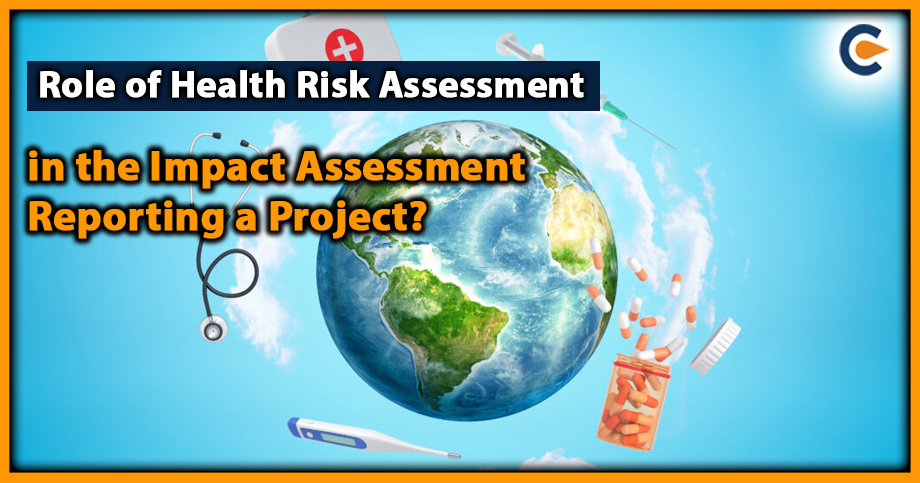A Pre-Feasibility Report (PFR) for a Common Effluent Treatment Plant (CETP) is a document that outlines the potential for establishing a CETP in a particular area. The PFR typically includes information on the project’s technical, financial, and environmental aspects. The purpose of a PFR is to provide a preliminary assessment of the project’s feasibility and identify any potential challenges or risks. The report may also include recommendations for further studies or investigations that may be required to fully assess the project’s feasibility. The technical aspect of the PFR may consist of information on the location and size of the proposed CETP, the treatment technologies that will be used, the estimated quantity and quality of wastewater that will be treated, and the infrastructure that will be required to transport the wastewater to the CETP. In this write-up you will find a that will be needed to develop a pre-feasibility report.
Significance of Pre-Feasibility Report for Common Effluent Treatment Plant (CETP)
A Pre- Feasibility Report is significant because it will help to identify the potential feasibility and viability of the CETP project. The following are the key significances of the PFR for a CETP:
- Identify Technical Feasibility: The PFR provides technical details about the project, including the proposed location, treatment technologies, and infrastructure requirements. This information helps to determine the project’s technical feasibility, including any potential technical issues or challenges that may need to be addressed.
- Financial Feasibility: The PFR provides estimates of the capital and operational costs of the CETP project, as well as projections of revenue that may be generated from the sale of treated wastewater or other by-products. This helps to determine the project’s financial feasibility and whether it is economically viable.
- Environmental Feasibility: The PFR assesses the potential environmental impacts of the CETP project, including air and water quality and potential risks to human health if the project comes up in an area. This information helps to determine the environmental feasibility of the project and whether it will comply with local environmental regulations.
- Identifying Risks and Challenges: The Pre-Feasibility Report identifies any potential risks and challenges associated with the CETP project, which helps to inform decision-making and risk management strategies.
- Decision-Making: The PFR helps to provide decision-makers with the necessary information to make informed decisions about the project, including whether to proceed with further studies, investigations, and detailed project planning.
Guidelines for the Preparation of Pre-Feasibility Report under EIA Notification, 2006
According to the EIA notification of 2006[1], applications seeking the prior environmental clearance must include a Pre-Feasibility Report in the prescribed format (Form I), along with other requirements. Although the contents of the PFR are generally understood, specific guidelines are provided to ensure that the report provides the comprehensive information required for scoping the project. The report should cover several aspects, but if details are unavailable, the project proponent should indicate so and provide indicative or representative information. While the report should be brief, it must contain the minimum information required for scoping and prescribing TORS (terms of reference).
1. Executive Summary
2. Introduction of the Project/ Background Information
- Identification of the project proponent- A copy of the mining lease or letter of intent should be given in the case of a mining project.
- Brief description of the nature of the project.
- Briefly describe the project and its importance to the country and region.
- Demand-Supply Gap.
- Imports vs Indigenous production.
- Export Possibility.
- Domestic / Export Markets.
- Employment Generation, whether direct or indirect, due to the project.
3. Project Description
- The project description includes the type of project, including interlinked and interdependent projects.
- Location (in a map showing the general location, specific location, project boundary & project site layout) with coordinates.
- All details of alternate sites considered and the basis for selecting the proposed site, particularly the environmental considerations, should be highlighted.
- Size or magnitude of the operation.
- Project description with process details (a schematic diagram/ flow chart showing the project layout, components of the project etc. should be given)
- The required raw material, estimated quantity, likely source, marketing area of final product/s, Mode of transport of raw material, and Finished Product.
- Any resource optimization/ recycling and reuse envisaged in the project should be briefly outlined.
- The availability of water sources, Energy/ power requirements should be given.
- Quantity of wastes to be generated (liquid and solid) and scheme for their Management/disposal.
- Schematic representations of the feasibility drawing give information on EIA purpose.
4. Site Analysis
- Connectivity
- Land Form, Land use and Land ownership
- Topography (along with a map)
- Existing land use pattern (agriculture, non-agriculture, forest, water bodies (including area under CRZ)), shortest distances from the periphery of the project to the periphery of the forests, national park, wildlife sanctuary, eco-sensitive areas, water bodies (distance from the HFL of the river), CRZ. In case of notified industrial area, a copy of the Gazette notification should be given.
- Existing Infrastructure.
- Soil classification
- Climatic data from secondary sources.
- Social Infrastructure available.
5. Planning Brief
- Planning Concept (type of industries, facilities, transportation etc.) Town and Country Planning/Development authority Classification
- Population Projection
- Land use planning (breakup along with green belt etc.).
- Assessment of Infrastructure Demand (Physical & Social).
- Amenities/Facilities.
6. Proposed Infrastructure
- Industrial Area (Processing Area).
- Residential Area (Non-Processing Area).
- Green Belt.
- Social Infrastructure.
- Connectivity (Traffic and Transportation Road/ Rail/Metro/Waterways etc.)
- Drinking Water Management (Source & Supply of water)
- Sewerage System.
- Industrial Waste Management.
- Solid Waste Management.
- Power Requirement & Supply/source.
7. Rehabilitation and Resettlement (R & R) Plan
- Policy to be adopted (Central/State) regarding the project-affected persons including home oustees, land oustees and landless labourers (a brief outline to be given).
8. Project Schedule & Cost Estimates
- Likely date of start of construction and possible completion date (Schedule for the project to be given).
- Estimated project cost along with analysis in terms of the economic viability of the project.
9. Analysis of proposal (Final Recommendations)
- Financial and social benefits with particular emphasis on the benefit to the local people, including the tribal population, if any.
Conclusion
Pre- Feasibility Report is an important document that outlines the proposed Common Effluent Treatment Plant (CETP) project. It contains crucial information that helps assess the viability and feasibility of the project and identify its potential environmental impacts. The report is also a prerequisite for obtaining prior EC. The report must adhere to specific guidelines to provide comprehensive information required for scoping the project and prescribing Terms of Reference (ToR). A well-prepared pre-feasibility report is crucial as it will give credibility to the project plan when it is being assessed and tilt the government’s decision in favour of the project proponent. Therefore, the assistance of qualified and experienced Environmental Impact Assessment (EIA) consultants during the EC process becomes mandatory.
Also Read:
Changes Brought By The Amendments In The EIA Notification Post-1994











